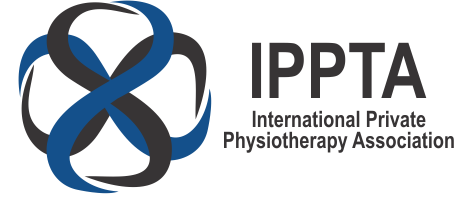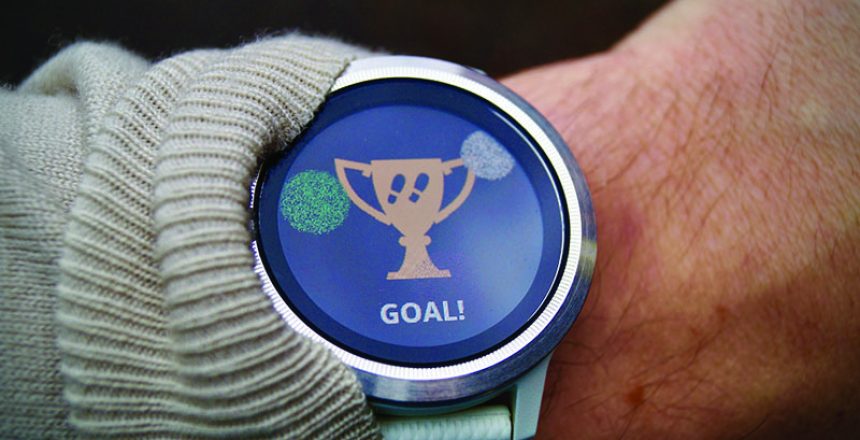
The focus of Belgian physiotherapy is currently on several important subjects. Two of the most recent subjects are care-pathways and the legalisation of blended physiotherapy. Here follows an explanation on both:
- Care pathways:
To provide ample care for specific (usually long-term or chronic) conditions, the government is currently developing care-pathways. When patients meet certain conditions, they can be included in these pathways. Thus, receiving a higher reimbursement and a multi-disciplinary approach of their care. Besides the two existing care-pathways for Diabetes Type2 and Renal insufficiency, the National Institution for Disease and Health Insurance (NIHDI) is now developing transversal care-trajectories for: Obese Children, Pre- and post-abdominal surgery, Somatic Care for adolescents with mental illness, pre-diabetes or early diabetes, perinatal care for vulnerable women, elevated pulmonary care and several projects considering prevention in primary care settings (of which Long-Covid is the starting project).
- Blended Physiotherapy:
The covid19-pandemic brought an acceleration in several digital care-evolutions. Forced by necessity a combination of in person and remote physiotherapy (through video-calls) was used during the past two years. Remote physiotherapy in the form of video-calls proves a valuable addition in the coaching and guidance of several conditions. AXXON Physical Therapy in Belgium advocated for a maximum of 1 on 2 ratio of remote treatments to physical guidance. After all, even a live-video feed does not allow for correct assessment of muscle tone/strength or joint alignment/mobility.
Another development in the digital care is the follow-up on bio-parameters of the patient through data provided by wearables. Although medical certification and legal anchorage of the use of mobile-applications and wearables is still in full development, projects in the field have already proven valuable in the follow up of certain patient groups (for example: data on heart rates of cardiac patients during their daily life or during exercise at home).


